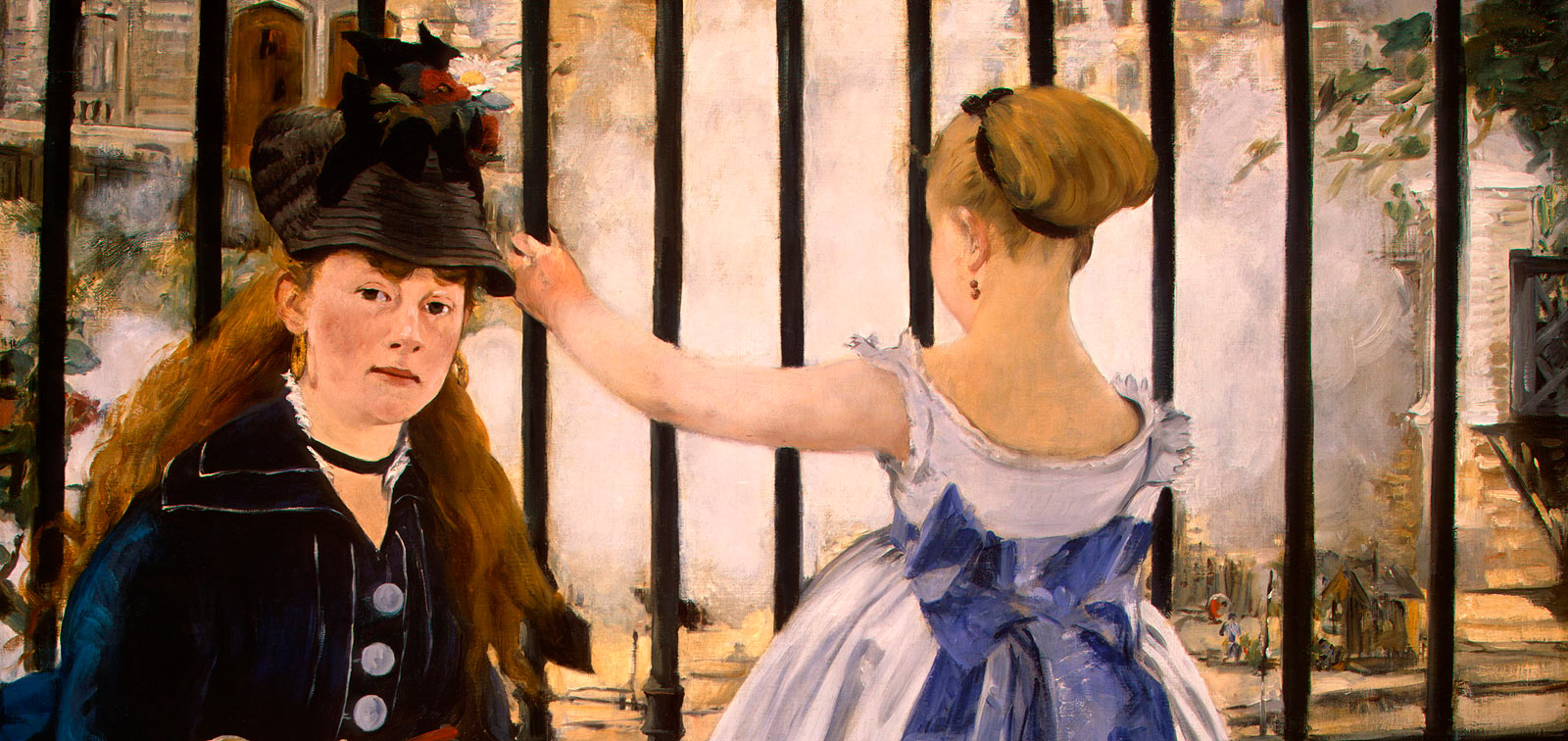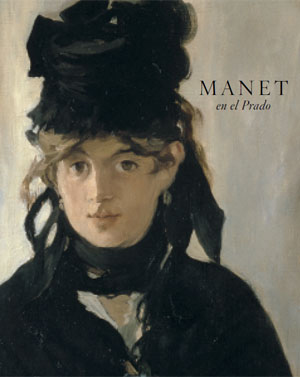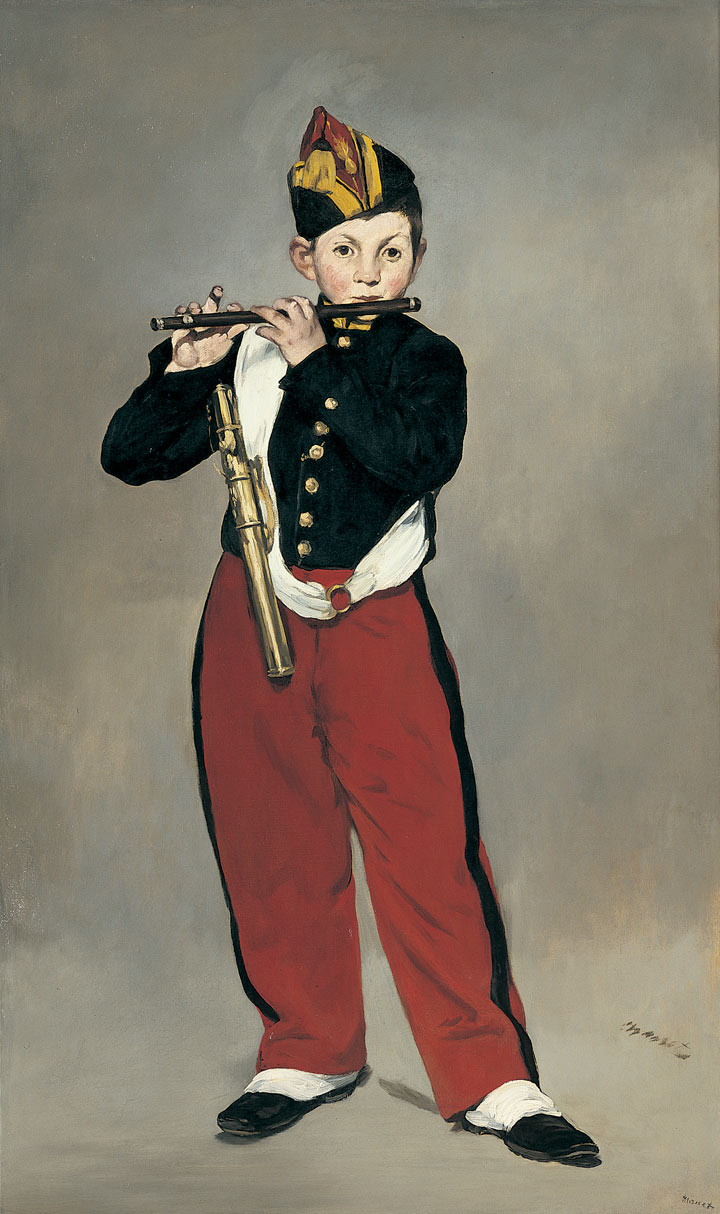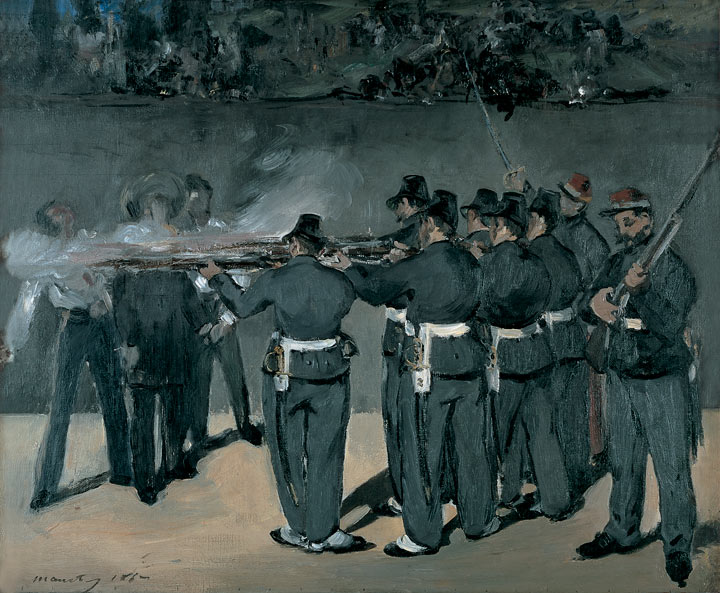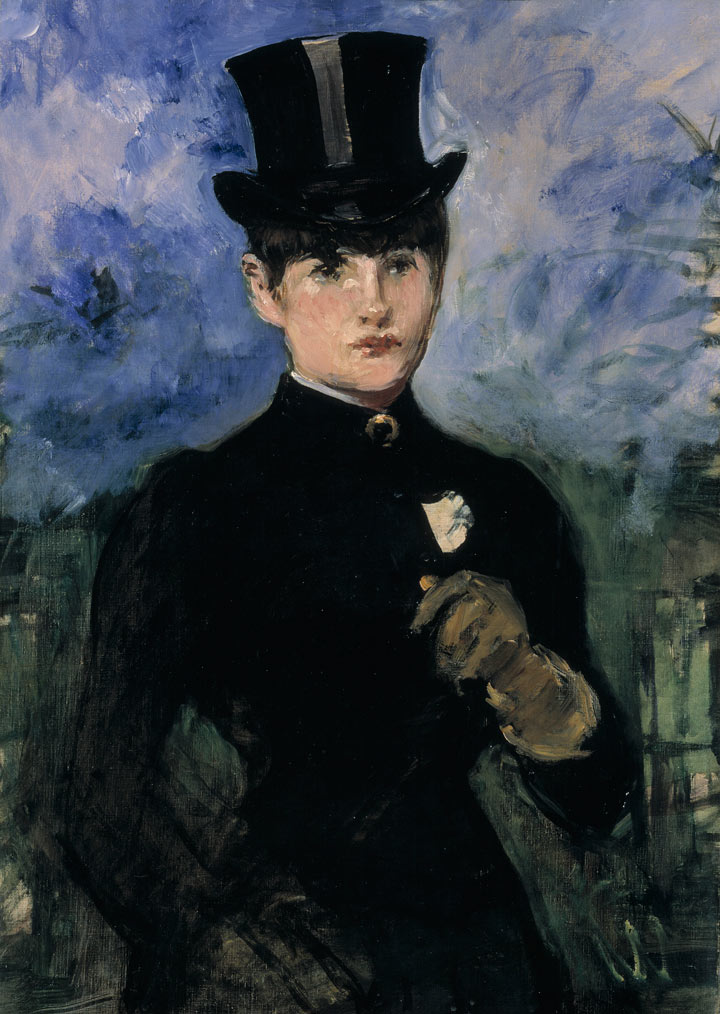Edouard Manet was born in Paris on 23 January 1832 into a prosperous family. His parents, Auguste Manet and Eugénie-Desirée Fournier had three sons, of whom Manet was the eldest. At the age of twelve, he enrolled at the prestigious Rollin school where he became inseparable friends with Antonin Proust, the future Arts Minister and biographer of Manet. His interest in art began at this early age through the influence of his uncle, Edouard Fournier, who regularly took him to the Louvre and to Louis-Philippe's Galerie Espagnole which had been installed there in late 1848.
Having failed to gain entrance to Naval College, Manet convinced his parents to allow him to pursue his interest in art, and in 1850 he entered the painter Thomas Couture's studio, where he gained a solid training, also copying Old Masters in the Louvre, including works by Titian, Tintoretto and Rubens, as well as other paintings at that period attributed to Velázquez. His first trips to Holland and Italy introduced him to Rembrandt and Frans Hals, as well as Titian and the Florentine Renaissance painters. During this period, Manet met Suzanne Leenhoff, his brothers' piano teacher and they were married in 1863. Her son, León Köella, was born in 1852, and was one of Manet's most important models.
In 1856 Manet became independent and rented his own studio, the start of a difficult artistic trajectory marked by failure, as the first painting that he submitted to the Salon,The Absinthe Drinker (1858), was rejected in 1859. Manet was a brilliant, highly cultured and refined man, who loved literature and music, and he gathered around him a circle of the leading literary figures of his day, including Baudelaire, Zola and Mallarmé, all of whom were firm defenders of his art, as well as painters such as Degas, Stevens, Fantin-Latour, and later on Claude Monet and Berthe Morisot, who married Manet's brother Eugène in 1874.
In 1861 Manet was awarded a medal for his painting The Guitar Player or The Spanish Singer (1860)*, an example of the contemporary vogue for Spanish subjects and characters currently prevailing in Paris, a trend which was heightened by the marriage of the Emperor Napoleon III to Eugenia de Montijo. In 1862 Manet's father died, leaving him a significant legacy which allowed the artist to devote himself to his work without financial anxieties and to pursue the path of modern painting, building up a circle of clients from 1871. Le Déjeuner sur l'herbe (1863), rejected by the Salon, and Olympia (1865) are magnificent examples of his creative powers at their height, but they were also the target of enormous criticism when they were first exhibited. From 1862, Manet exhibited with various galleries and organised his own exhibitions, such as his "exposition particulière" at the Pont de l'Alma during the Universal Exhibition, and the one organised in his own studio. From 1879 he finally gained long-awaited recognition at the Salon.
Manet's trip to Spain in 1865 allowed him to develop his knowledge of work by Spanish artists such as El Greco, Goya and Velázquez. Following his visit to the Prado, Manet described Velázquez enthusiastically the "painter of painters". On his return to Paris, in addition to scenes of bullfighting, he painted a number of works of notably Spanish influence, including The Fife Player (1866)*, The Execution of Maximilian (1867)*, The Philosopher (1866-67)*, and The Balcony (1868-69)*.
In 1870, during the Franco-Prussian War which began, Manet enrolled along with Degas in the National Guard. In a series of drawings, prints and lithographs he documented the repression of the Commune during the "Bloody Week" of May 1871. The works of his last decade, following a trip to Argenteuil with Claude Monet, are marked by his closeness to the Impressionists, despite the fact that he never took part in their exhibitions. Manet's interest in the Impressionist technique is evident in works such as Faure in the role of Hamlet (1876-77), as well as late works such as the Portrait of Madame Marlin, "The Lady in Pink" (1879-188)* and Autumn (1881)*. This was combined with his own unique aesthetic in his last major work, A Bar at the Folies-Bergère (1881-82)*.
Manet died in Paris on 30 April 1883 widely recognised as the most innovative artist of the period.
*Work included in the exhibition Manet at the Prado.


